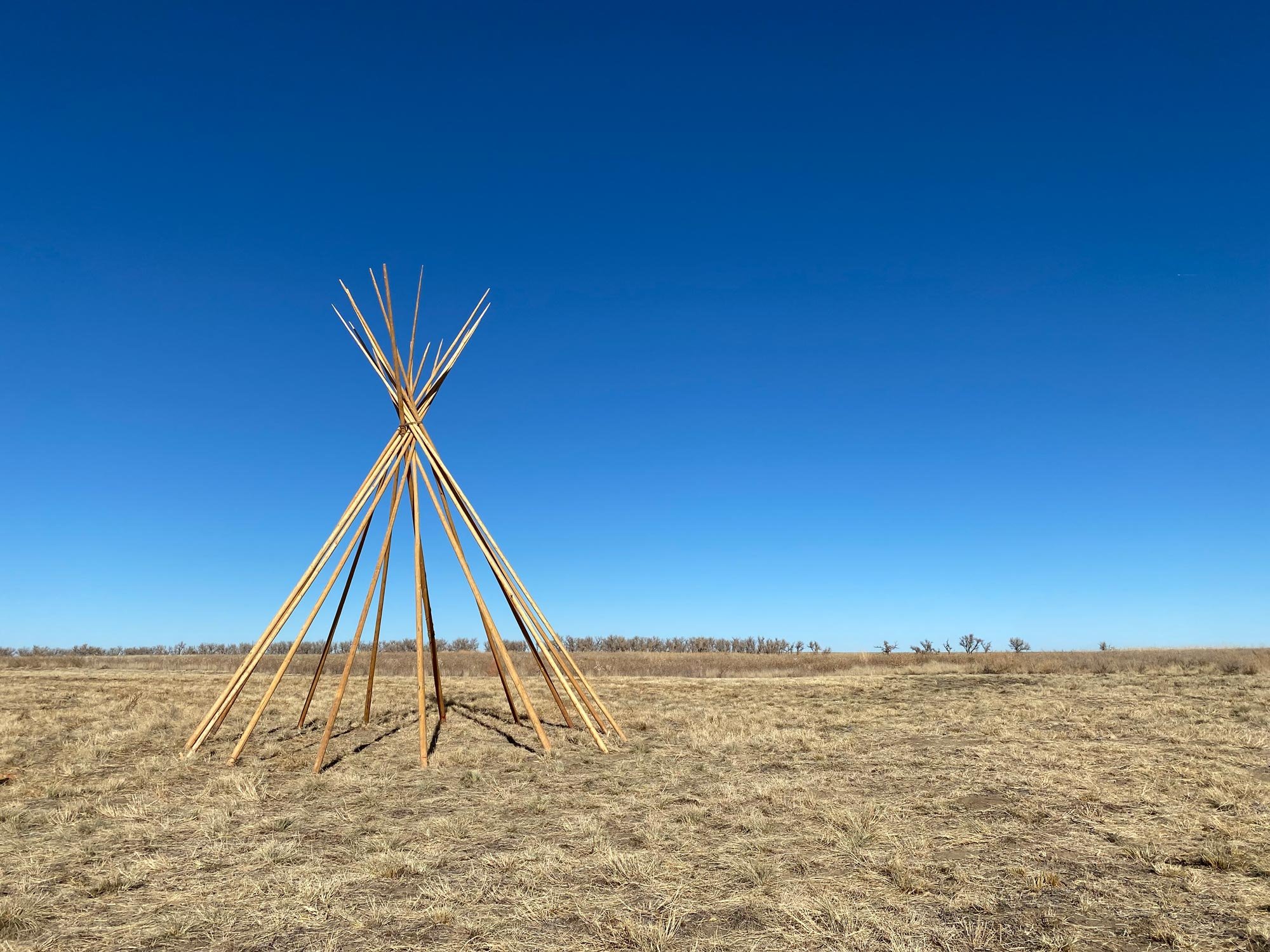
Aftermath
In the wake of the Sand Creek Massacre, war erupted on the Great Plains, lasting 12 years. Cheyenne and Arapaho warriors attacked Julesburg and various ranches. Travel was disrupted and Denver was isolated, delaying deliveries of supplies and mail. Letters from Captain Silas Soule and Lieutenant Joseph Cramer were shared with military leaders and political figures, describing the truth of what happened during the attack at Sand Creek.
“I once thought that I was the only man that persevered to be the friend of the white man, but since they have come and cleaned out our lodges, horses, and everything else, it is hard to believe the white man anymore.”
Colonel Chivington had requested to be relieved of his command of the Military District of Colorado in December, and he returned to civilian life. Because he was no longer in service, Chivington could not be charged by the U.S. Army with any crimes committed while he was in service. He was never arrested, indicted or charged.
The War Department established a military commission to investigate the events at Sand Creek. A Special Joint Committee was established to investigate the “present condition of the Indian tribes and their treatment by the civil and military authorities of the United States.” In Congress, The Joint Committee on the Conduct of the War condemned Chivington’s actions and called for the removal of Evans as Governor of the Colorado Territory.
United States officials persuaded a handful of Cheyenne and Arapaho Chiefs to meet on the Little Arkansas River in Kansas and negotiated a new treaty. The government effectively assumed responsibility for the Massacre by committing to compensate those who lost property at Sand Creek. While Bent family members were granted lands south of the Arkansas River, the reparations to most other descendants have never been paid.
1865
“The United States being desirous to express its condemnation of and as far as many be repudiated the gross and wanton outrages perpetrated against certain bands of Cheyenne and Arapaho Indians on the 29th day of November 1864 at Sand Creek in Colorado territory.”
As White expansion continued into the occupied West, local tribes fought desperately to maintain their livelihood and hunting grounds. At Medicine Lodge Creek in Kansas, another treaty with the Cheyenne and Arapaho tribes relinquished claims to lands within Kansas, including the traditional Smoky Hill hunting territory.
1867
“... The truth is that he [Col. Chivington] surprised and murdered, in cold blood, the unsuspecting men, women, and children on Sand Creek”
Nearly four years to the day after he survived the Sand Creek Massacre, on November 27, 1868, the 7th US Cavalry - under Lieutenant Colonel George Custer - launched a surprise attack on Chief Black Kettle’s Village on Washita Creek in what is now Oklahoma. Approximately 30 to 60 Cheyenne were killed, including Chief Black Kettle and his wife. In accordance with the total war policy, Custer killed or stole the tribe’s pony and mule herds and ordered the burning of the Cheyenne lodges, destroying their winter supply of food and clothing.
1868
With the buffalo nearly wiped out, the Colorado plains were transformed to accommodate cattle ranching and Native peoples were pushed into confinement. In 1887, Congress passed the Dawes Act to distribute reservation lands into 160-acre holdings and force Indians to give up communal claims on reservation lands. Tribal religion and cultural practices were outlawed, tribal government eliminated, and reservation lands reduced by over 60%. Tribes are reduced to utter dependence on the U.S. government.
1887
The U.S. Army’s 7th Cavalry surrounded a band of Ghost Dancers under Lakota Sioux Chief Big Foot near Wounded Knee Creek in southwestern South Dakota. When fighting broke out, the heavily armed troops massacred over 200 Lakota. This was the last major confrontation with the Plains Indians and considered the end of the Indian Wars.

